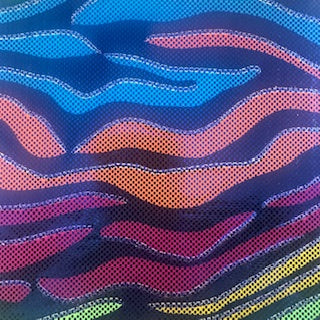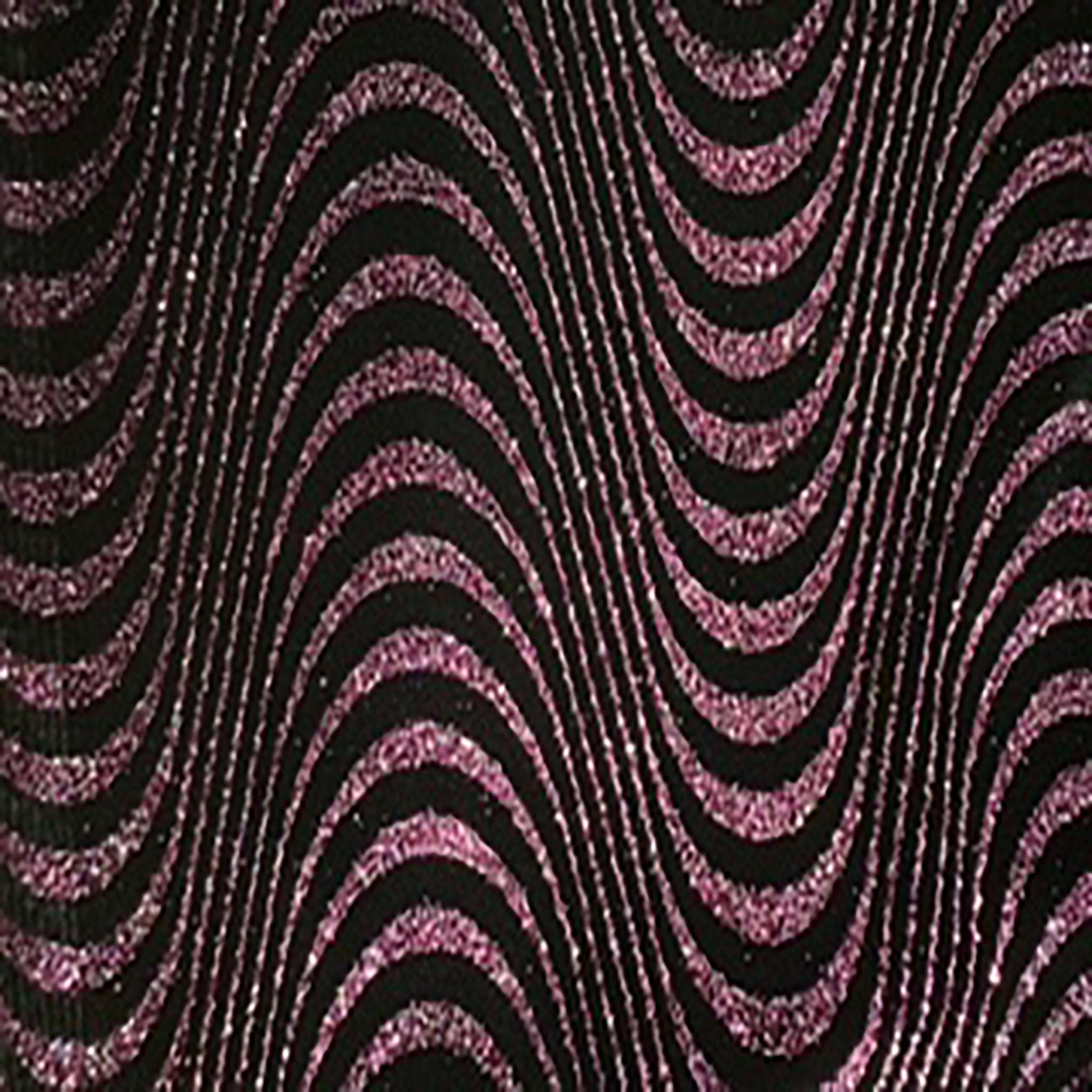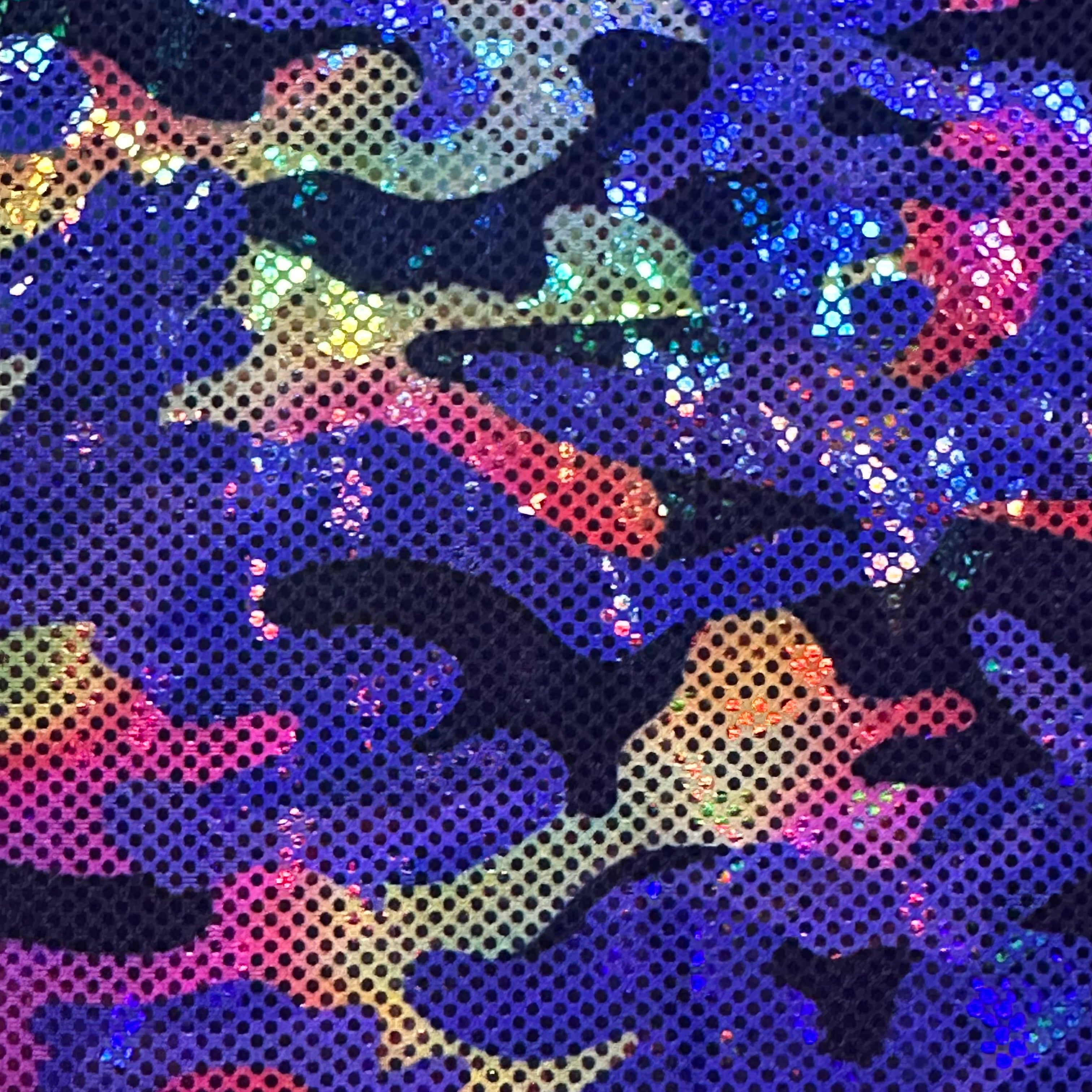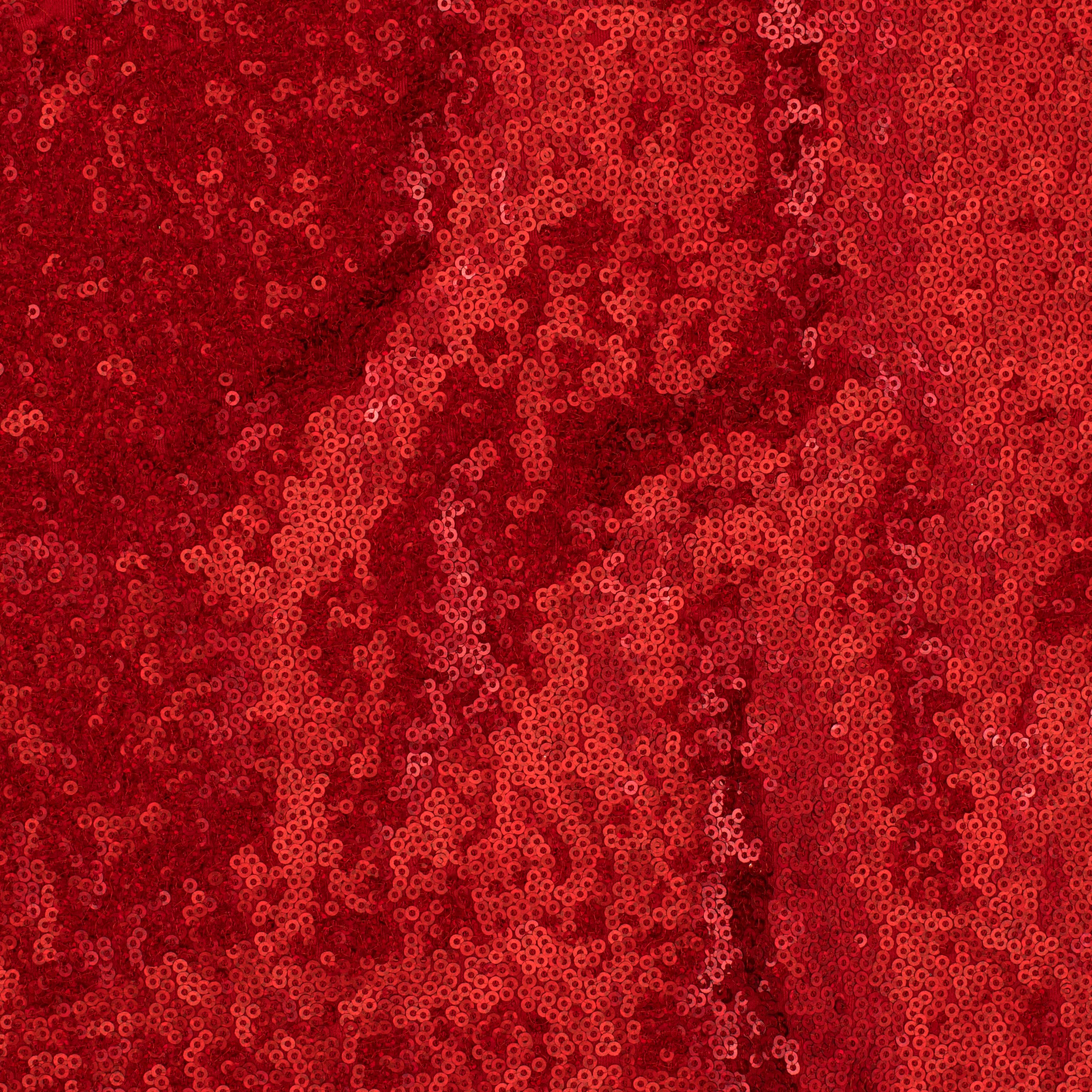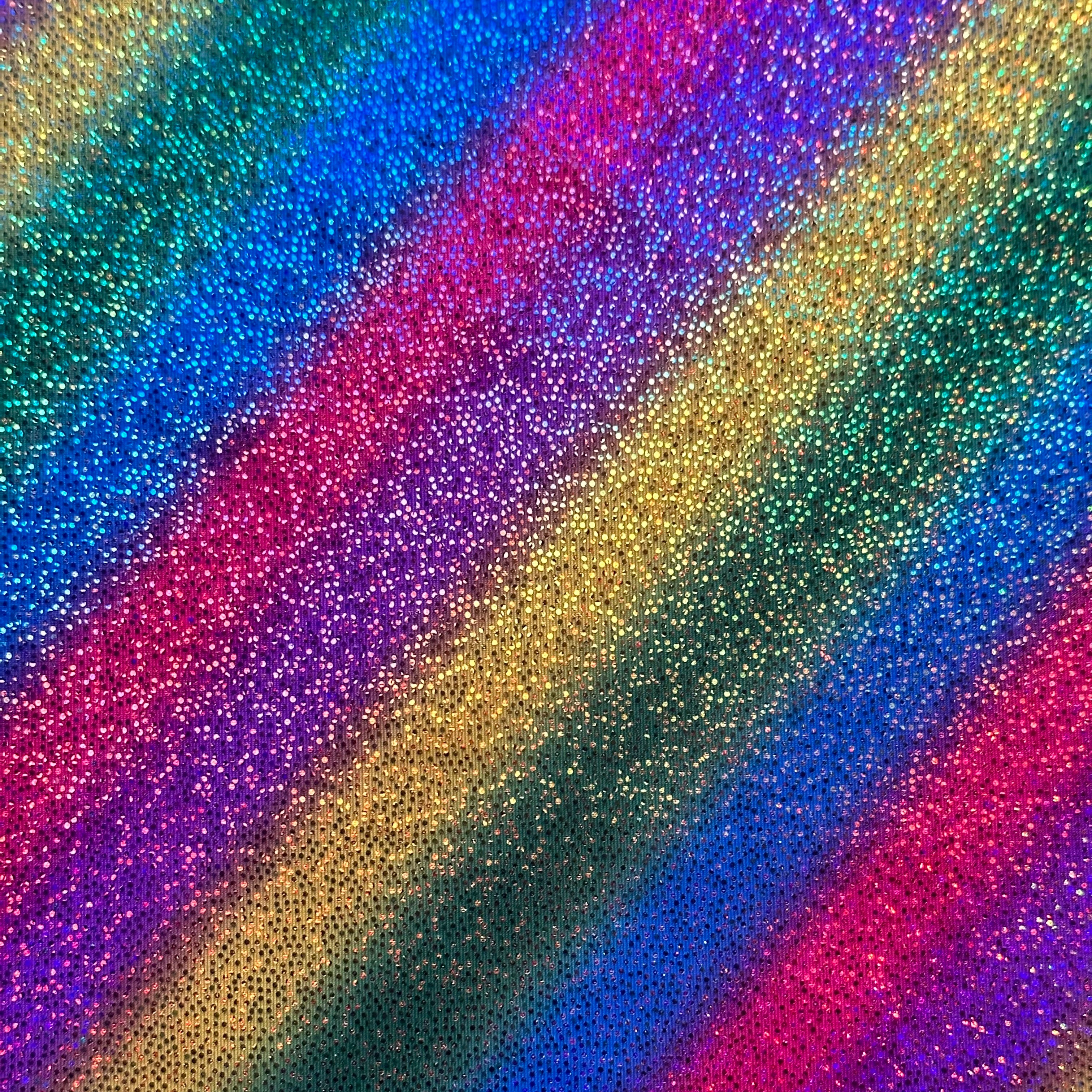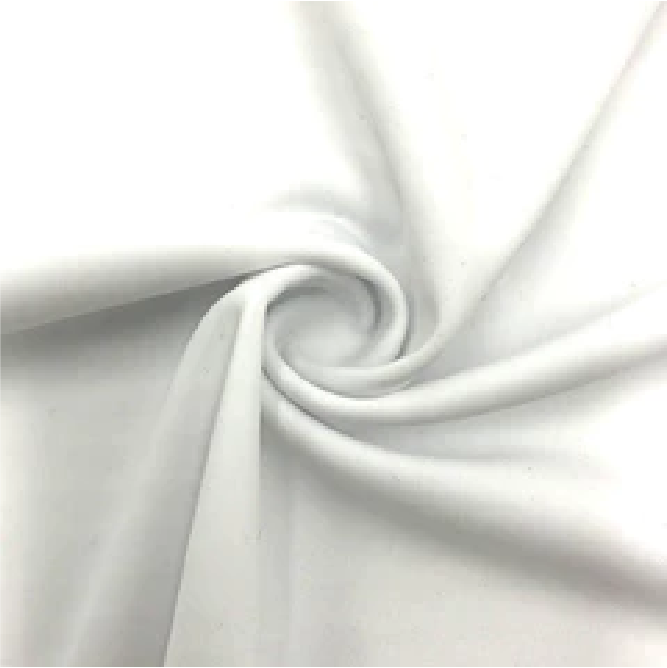In the vibrant tapestry of fabrics, understanding the nuances between two-way and four-way stretch fabrics is akin to deciphering the threads of a complex design. These distinctions hold the key to unlocking a world of comfort, performance, and style. Moreover, delving deeper into the role of spandex percentage in nylon and polyester base fabrics unveils a realm where elasticity meets innovation, shaping the future of textiles.
Two-Way vs. Four-Way Stretch Fabrics:
At the heart of the fabric spectrum lie two distinct categories: two-way and four-way stretch fabrics. Two-way stretch fabrics stretch in one direction, typically along the crosswise or widthwise grain, offering flexibility in one plane. Conversely, four-way stretch fabrics expand in both lengthwise and crosswise directions, providing unparalleled elasticity in all dimensions. This fundamental disparity dictates the applications and functionalities of these fabrics in various industries.
Two-way stretch fabrics excel in garments and applications where movement primarily occurs in one direction, such as leggings, swimwear, and athletic apparel. Their ability to stretch across the body enhances comfort and mobility, making them a preferred choice for activewear enthusiasts and athletes seeking unrestricted movement during physical activities.
In contrast, four-way stretch fabrics redefine flexibility and versatility, catering to dynamic movements and multidimensional stretch requirements. Ideal for form-fitting garments, dancewear, and compression apparel, these fabrics conform effortlessly to the body's contours in all directions, ensuring a snug yet comfortable fit. Their adaptability to diverse body shapes and movements makes them indispensable in the fashion, performance, and medical textile industries.
Impact of Spandex Percentage on Nylon and Polyester Base Fabrics:
Central to the stretch and resilience of both two-way and four-way stretch fabrics is the inclusion of spandex, a synthetic fiber renowned for its elasticity and durability. The percentage of spandex incorporated into nylon and polyester base fabrics plays a pivotal role in determining their stretch capabilities and performance attributes.
In nylon base fabrics, the addition of spandex enhances elasticity and stretch, offering a balance between comfort and support. By varying the percentage of spandex, manufacturers can tailor the fabric's stretchiness to suit specific applications, from lightweight activewear to durable outdoor gear. A higher spandex percentage translates to increased stretch and recovery, ideal for garments that require maximum flexibility without sacrificing shape retention.
Similarly, in polyester base fabrics, spandex serves as a catalyst for performance and resilience. By adjusting the spandex percentage, fabric engineers can fine-tune the fabric's stretch properties to meet the demands of diverse markets, including sportswear, lingerie, and medical textiles. Whether creating breathable yoga pants or supportive undergarments, the right blend of polyester and spandex ensures optimal comfort and durability.


